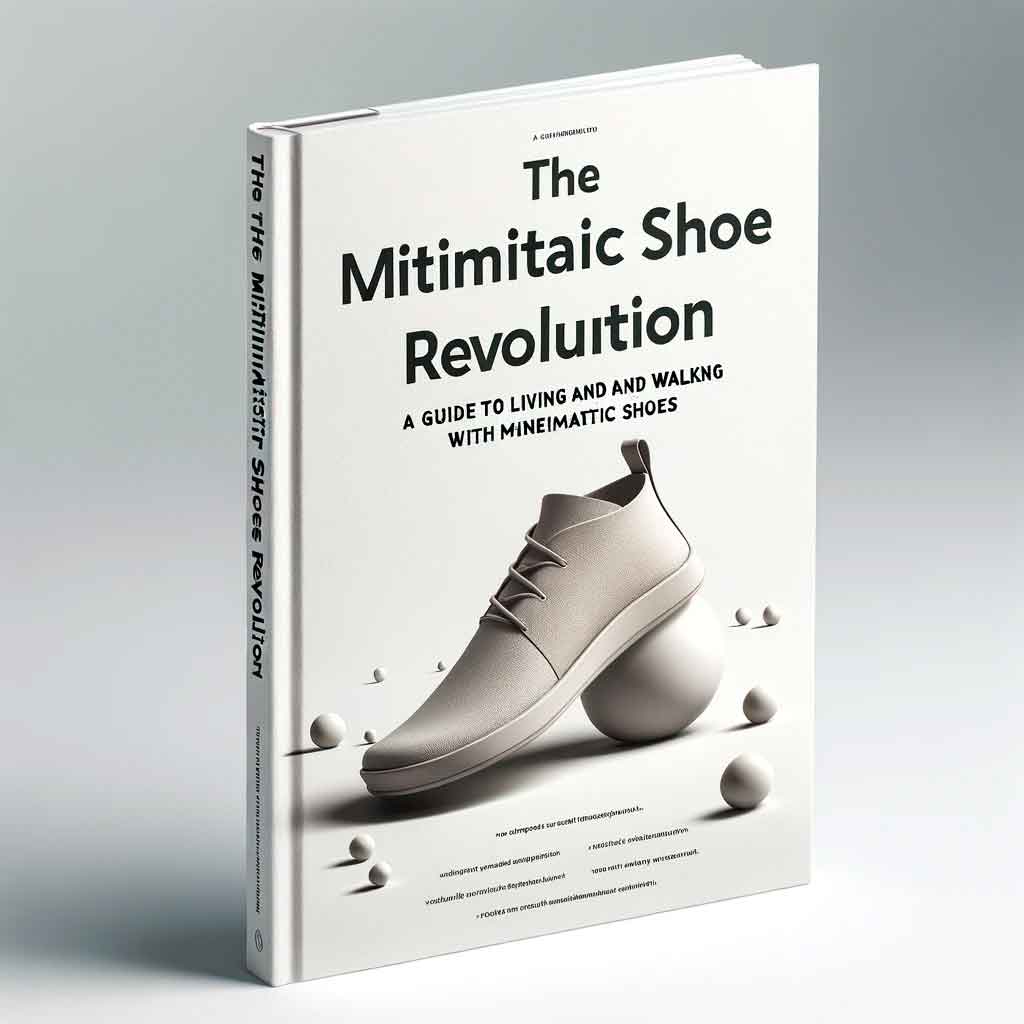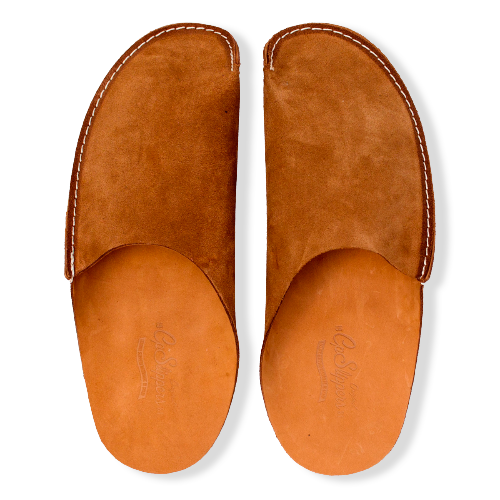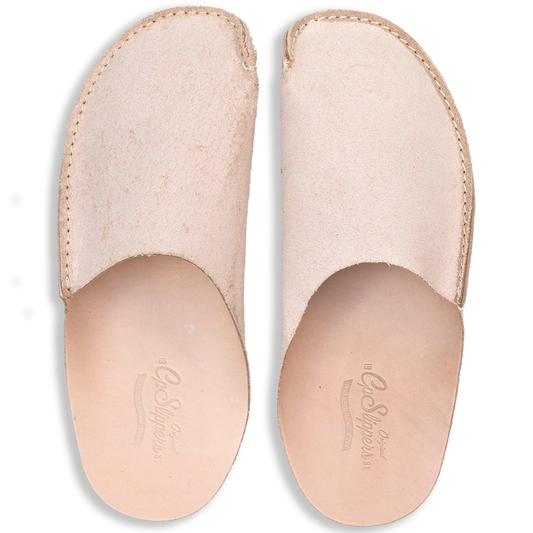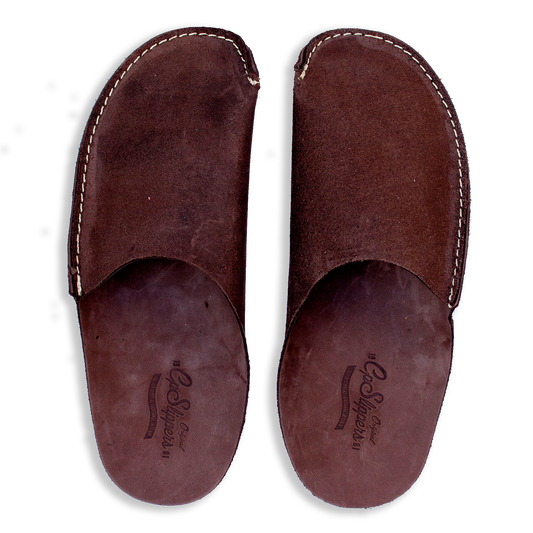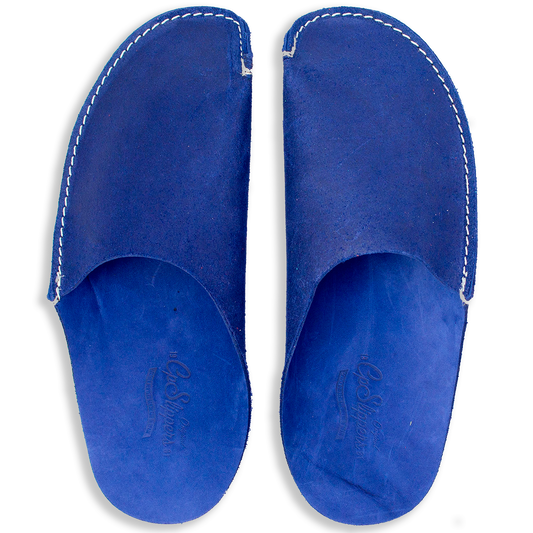[Recommended Image: An infographic showing the health benefits of wearing minimalist shoes, including posture improvements and muscle engagement.]
As the minimalist shoe movement gains momentum, it’s crucial to understand the scientific principles that underpin its philosophy. This chapter delves into the health and physiological impacts of adopting minimalist footwear, exploring how the design characteristics of these shoes align with the body's natural biomechanics and contribute to overall well-being.
Biomechanical Alignment and Posture
The shift to minimalist shoes can have a profound effect on biomechanical alignment and posture. Traditional footwear often features elevated heels, leading to an anterior pelvic tilt and a misalignment that cascades from the lower back down to the feet. Minimalist shoes, with their zero-drop design, promote a natural, upright posture, aligning the spine and reducing strain on the musculoskeletal system. This section will discuss studies and expert opinions on how minimalist footwear influences posture and the potential long-term benefits for spinal health.
Foot Strength and Mobility
One of the most significant benefits of minimalist shoes is the enhancement of foot strength and mobility. The thin, flexible soles and wide toe boxes allow for a full range of motion, engaging muscles often neglected in conventional shoes. This increased muscle activation not only strengthens the foot but also contributes to a more resilient and adaptive foot structure, potentially reducing the risk of common injuries such as plantar fasciitis and shin splints. Here, we’ll examine the research on foot strength development and the implications for athletes and everyday wearers alike.
Proprioception and Balance
Proprioception, the body's ability to perceive its position and movement in space, is greatly enhanced by the sensory feedback provided through minimalist shoes. This heightened awareness can improve balance, coordination, and gait efficiency. This section will delve into the neurological aspects of proprioception, discussing how minimalist shoes can serve as a tool for retraining the nervous system to optimize movement patterns and reduce the risk of falls and injuries.
Impact Forces and Running Efficiency
A common concern with traditional running shoes is their role in altering natural running mechanics, potentially leading to higher impact forces and inefficiencies. Minimalist footwear encourages a forefoot or midfoot strike, which has been shown to reduce the impact on the knees and hips. We'll explore the evidence on how minimalist shoes can alter running mechanics, potentially offering a more efficient and less injurious form of running for enthusiasts and competitive athletes alike.
Adaptation and Transition
The transition to minimalist shoes is a critical period where the body adapts to a new way of moving. This section will address the importance of a gradual transition to avoid injury, offering guidelines for safely introducing minimalist footwear into one’s routine. It will also cover the adaptation process from a physiological perspective, highlighting what changes to expect and how to interpret the body’s signals during this period.
Conclusion: Reaping the Benefits While Mitigating Risks
Embracing minimalist shoes comes with a host of benefits, from improved posture and foot strength to enhanced proprioception and running efficiency. However, understanding the science behind these benefits is crucial for a successful transition. By appreciating the physiological impacts and heeding the advice on adaptation, wearers can make the most of their minimalist footwear, paving the way for a healthier, more aligned, and efficient way of moving through life.

